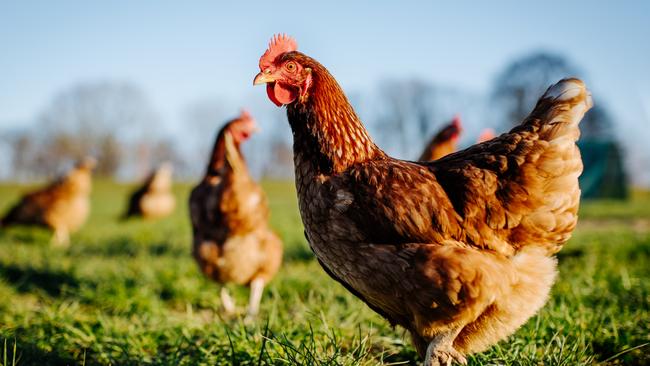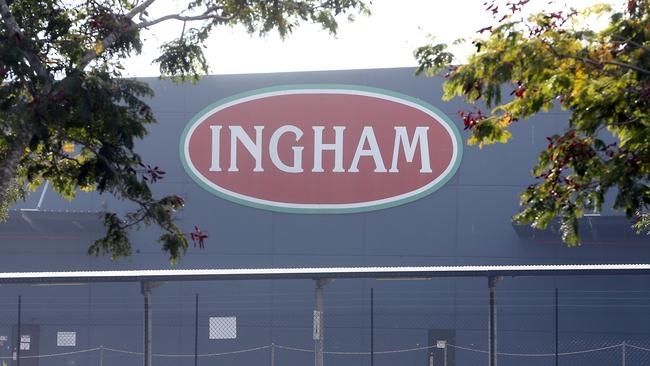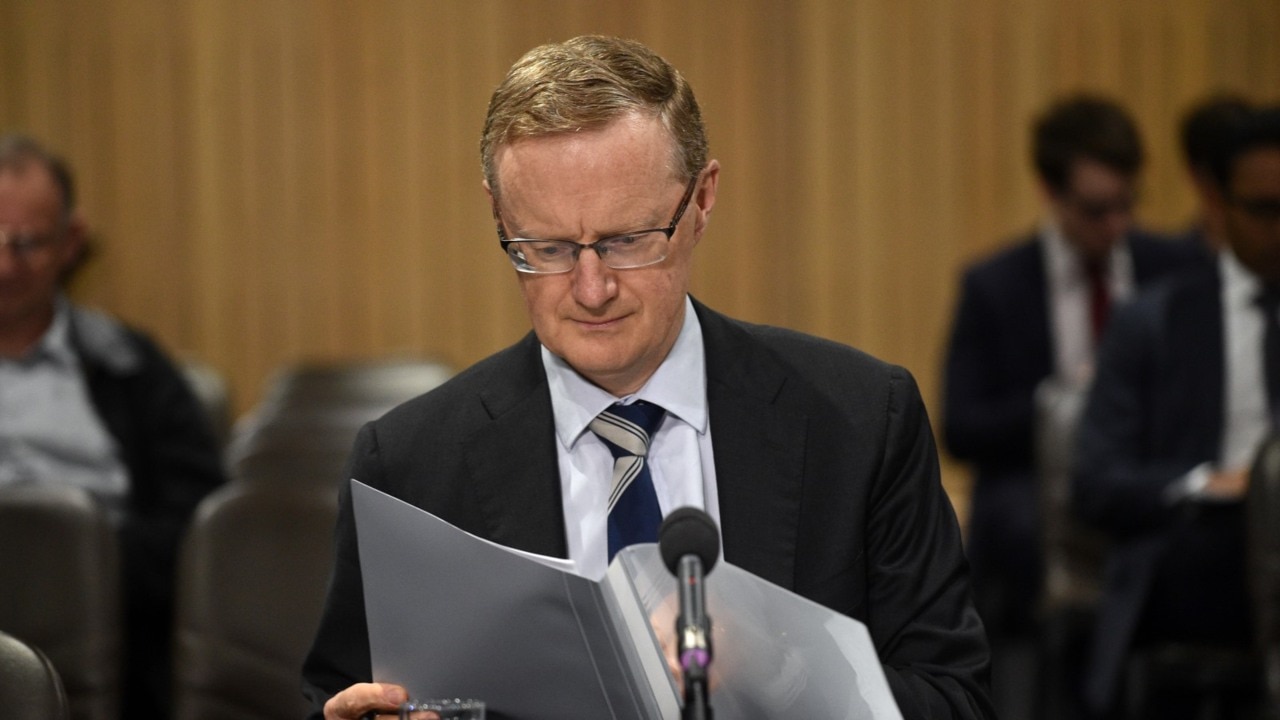Poultry producer Ingham’s warns of inflationary pressures that will result in pricier chicken
Higher costs will force the nation’s largest poultry producer to raise prices again for its supermarket, restaurant and fast-food customers.

The chief executive of Australia and New Zealand’s largest chicken producer, Inghams Group, has warned that prices for his customers -- ranging from restaurants and cafes to fast-food chains and supermarkets -- will need to rise this year to counter the huge inflationary pressures in his business.
Andrew Reeves told The Weekend Australian price discussions with his chicken meat customers had already begun and that although there hadn’t been a further worsening in prices for his key raw materials and inputs, such as chicken feed, fuel and packaging, he expected painfully elevated costs of doing business to remain the norm for 2023.
Inghams had already ratcheted up prices in the December half by an average of 8.6 per cent, pushing up the price of chicken at the supermarket and restaurant which is contributing to decades high inflation in Australia and prodding the Reserve Bank to push up interest rates.
“I’m not going to predict a number (price rise) for the second half but there will be further price increases,” Mr Reeves said on Friday after Inghams said revenue for the first half rose 8.9 per cent to $1.5bn as profit slumped by 55.2 per cent to $17.2m. The company declared an interim dividend of 4.5c per share, down from 6.5c, payable on April 6.
“If you look at these big inputs, feed, freight, labour, packaging, all those things, the outlook over the next 12 months is still for those prices to remain quite elevated so I think it is almost inevitable we are going to have to ask our customers for some further price increases.
“It has already started,” he added.
Last year, Inghams said it would be forced to ratchet up prices across all its channels where its chicken products are sold — from supermarkets to fast-food chains and butchers — as it battled soaring costs for its own inputs.
Its latest first-half accounts revealed that cost of sales for its chicken products – from schnitzels to chicken breasts – rose 10 per cent in the first half with incremental feed costs alone up $57.9m. Packaging and ingredients cost $12.4m more as freight costs rose by $28.2m.
There is also no let-up in the disruptions to wheat supplies caused by the war in Ukraine, which has also put a rocket under food commodity prices that go into chicken feed.

Meanwhile, over the first half it said group core poultry sales volume were down by 0.6 per cent on the previous corresponding period. Pre-tax earnings of $197m were 10.6 per cent lower and underlying EBITDA of $83.5m was down 16.2 per cent.
At its Australian operations, core poultry volumes recorded a small reduction of 0.3 per cent with revenue increasing 9.6 per cent driven by a combination of an 8.5 per cent increase in total poultry net selling prices and a 29.6 per cent increase in external feed pricing.
There was a continued switch to normal volumes between supermarkets and restaurants following the end of Covid-19 lockdowns that saw a spike in chicken bought at the supermarket.
Mr Reeves said volumes in Australia were also supported by a push by many fast-food chains such as McDondald’s to heavily advertise and market chicken options on their menu.
In New Zealand, core poultry volume declined by 2.4 per cent with lower chicken available for sale due to an adjustment to egg settings in response to both significant labour availability and supply constraints at the company’s primary and processing facilities during the period due to a shortage of carbon dioxide used in the cooling process. Revenue increased 4.8 per cent.

Mr Reeves said the results represented a significant improvement for the business over second half of 2022, and he expected this positive momentum to continue as Ingham’s proceeded through the second half of the financial year.
“While it is clear the business is successfully transitioning from the various operational challenges experienced over the past 12 months, our farming operations are taking longer to return to normal levels, resulting in lower than required poultry volumes.
“We also continue to manage a number of general market headwinds including supply chain disruptions and broad inflationary pressures, that are a feature of the current operating environment.”
Mr Reeves warned that as the poultry producer moved into the second half of fiscal 2023, some headwinds remained.
The company implemented initiatives to address the reduced first-half farming performance, and while there was an improving trend early in the second half, it would be later in the year before the benefits of more chickens are seen and the financial benefits accrue.
While the pricing of feed ingredients stabilised in the first half, the pricing of wheat and soymeal is expected to remain elevated versus longer-term levels due to tight global supply and elevated logistics costs.




To join the conversation, please log in. Don't have an account? Register
Join the conversation, you are commenting as Logout